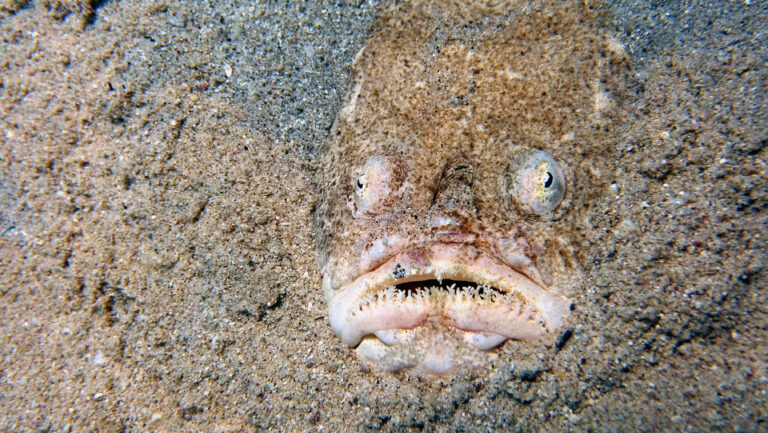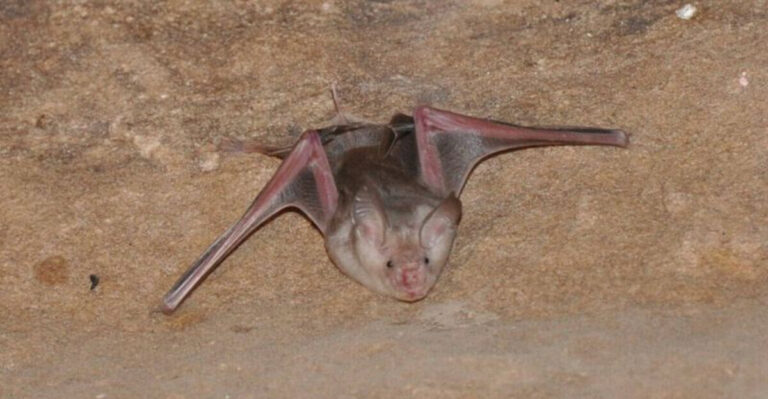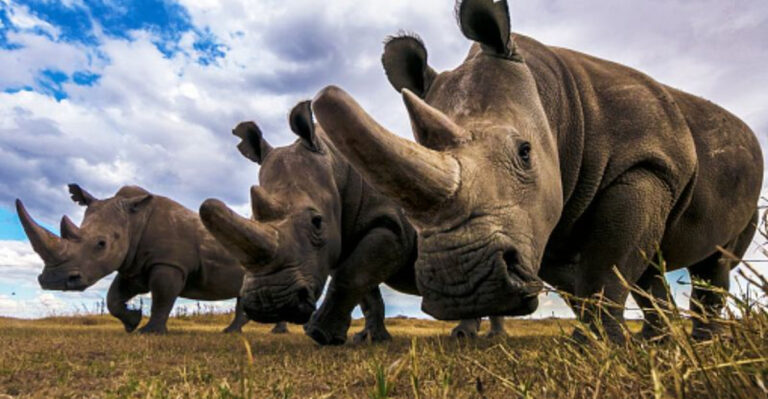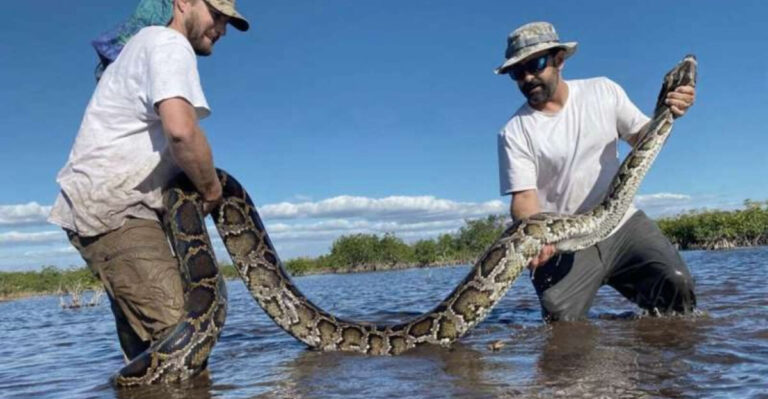16 Incredible Transparent Animals You Have To See To Believe
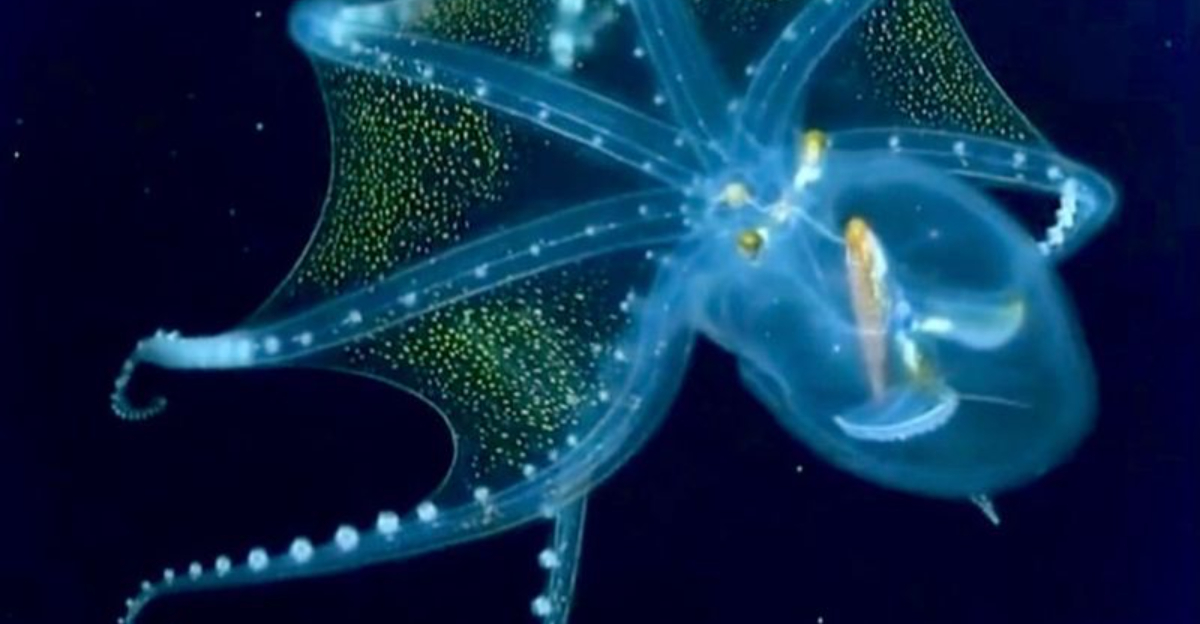
Nature is full of surprises, and among its most fascinating creations are transparent animals. These creatures have evolved to use transparency as a form of camouflage or survival.
From the depths of the ocean to the thickest rainforests, transparency can be a powerful tool.
1. Barreleye Fish
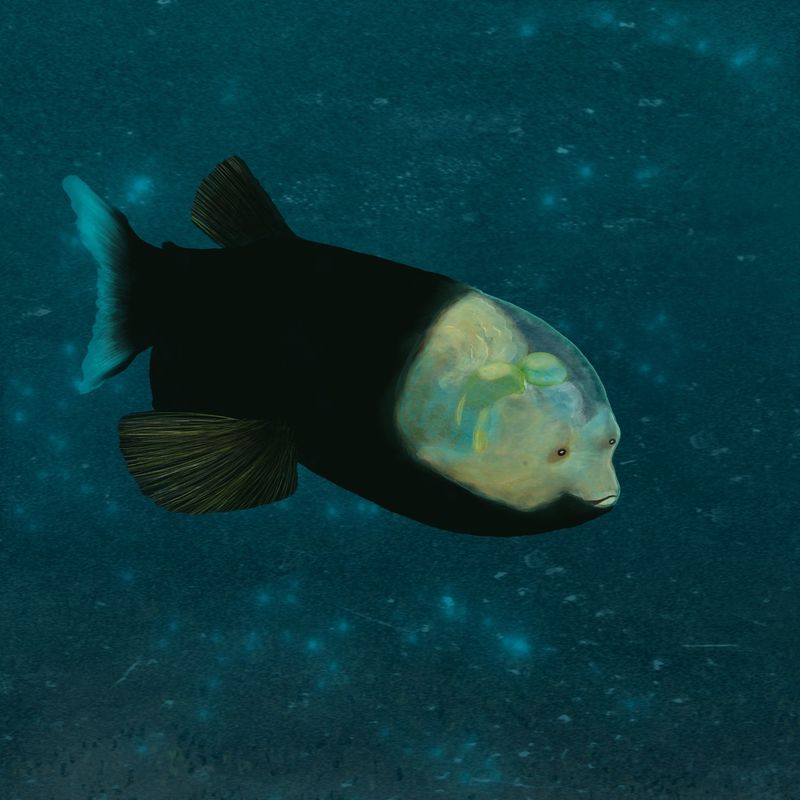
The barreleye fish has a transparent head dome that allows it to look upward through its skull.
Its glowing green eyes rotate inside the clear casing, helping it track prey in the deep sea. It’s one of the most surreal and oddly beautiful fish ever discovered.
2. Transparent Flatworm
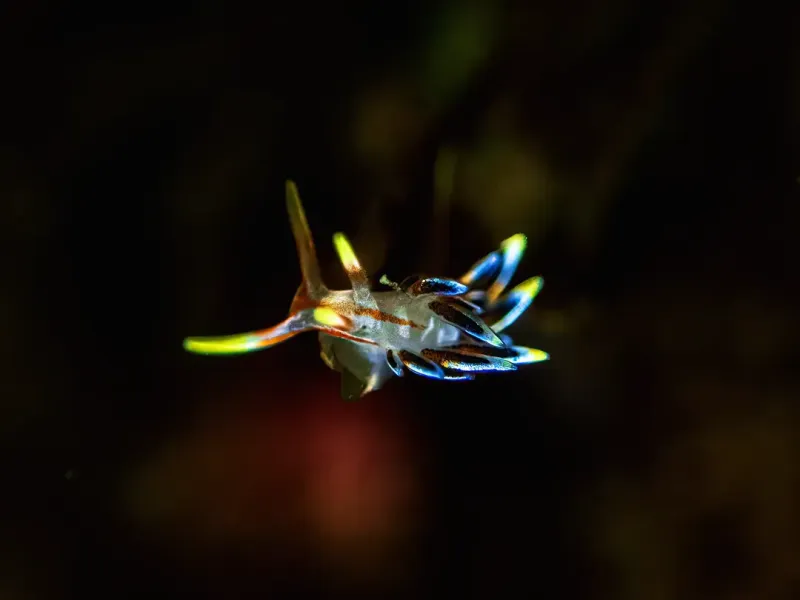
These tiny marine flatworms are so thin and translucent they almost disappear against the ocean floor.
Their smooth, rippling movement and ghostly appearance make them hard to see—but fascinating to watch under the right conditions.
3. Glass Frog
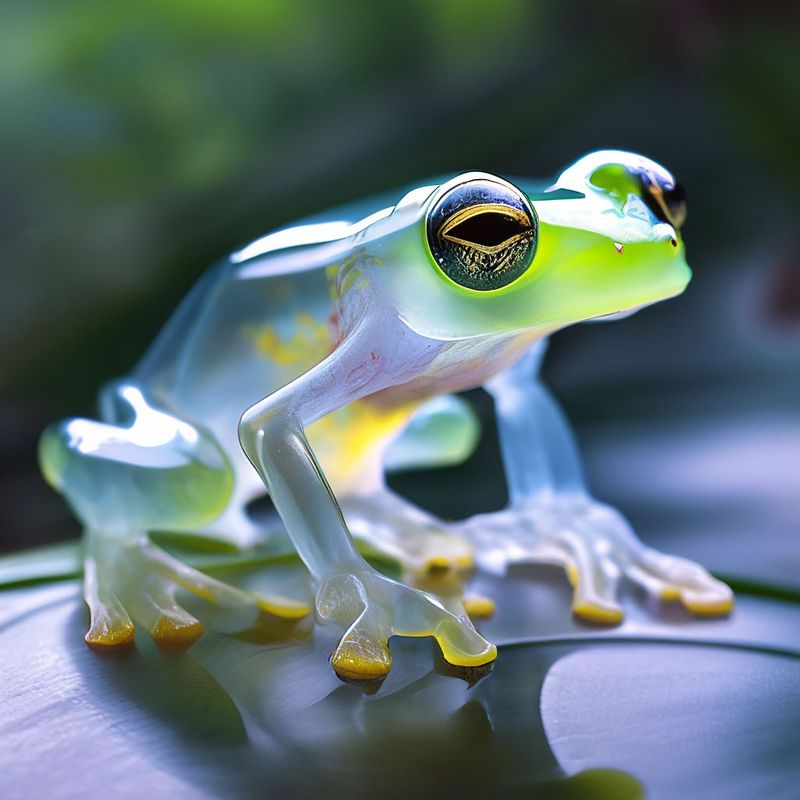
The glass frog’s skin is so translucent you can see its internal organs, including its beating heart.
Native to Central and South America, these tiny amphibians blend in seamlessly with green leaves. Their see-through bellies help them evade predators in the wild.
4. Portuguese Man O’ War
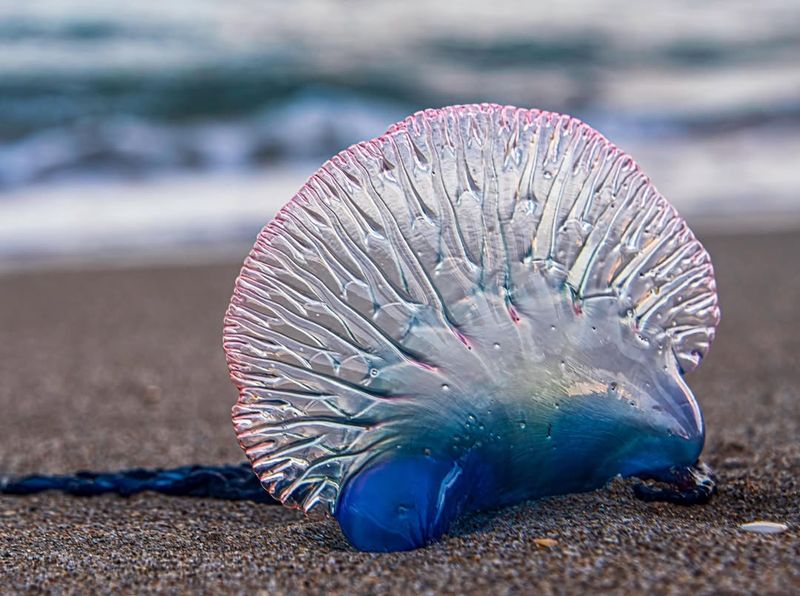
Often mistaken for a jellyfish, the Portuguese Man O’ War is a floating colony of transparent and iridescent organisms.
Its tentacles can stretch over 100 feet and are almost invisible in the water—making its sting even more dangerous. It’s a hauntingly beautiful threat in the ocean.
5. Glasswing Butterfly
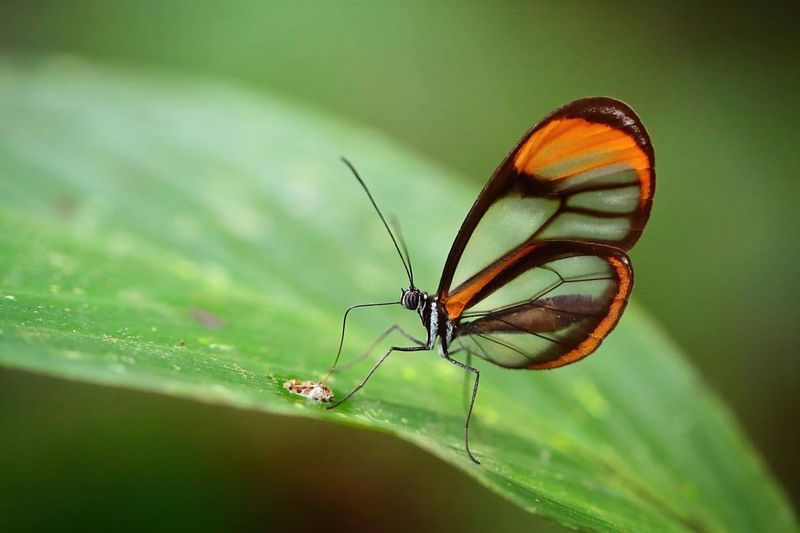
This delicate butterfly has wings so clear they resemble panes of glass.
Found in Central and South America, its transparent wings help it avoid predators by blending into its surroundings. When light hits just right, a soft shimmer reveals its fragile beauty.
6. Crystal Jelly
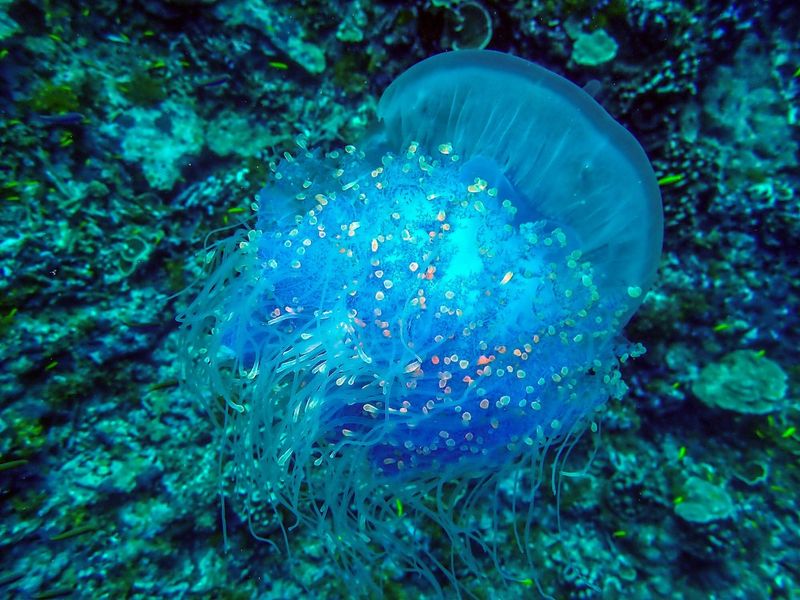
The crystal jelly is a bioluminescent marvel, glowing faintly in the dark while remaining nearly invisible in daylight.
Native to the Pacific Ocean, this jellyfish’s transparency makes it hard to spot—and magical to witness. It was once key in scientific discoveries involving glowing proteins.
7. Glass Catfish
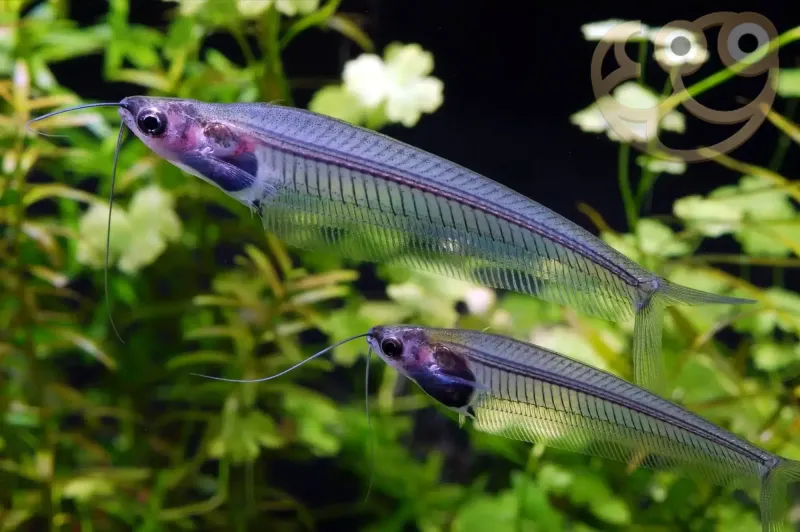
This freshwater fish is nearly invisible except for its faint silver outline and internal organs.
Native to Southeast Asia, it thrives in peaceful aquariums where its ghostly appearance fascinates viewers. Their schooling behavior adds to the mesmerizing effect.
8. Salp Chain
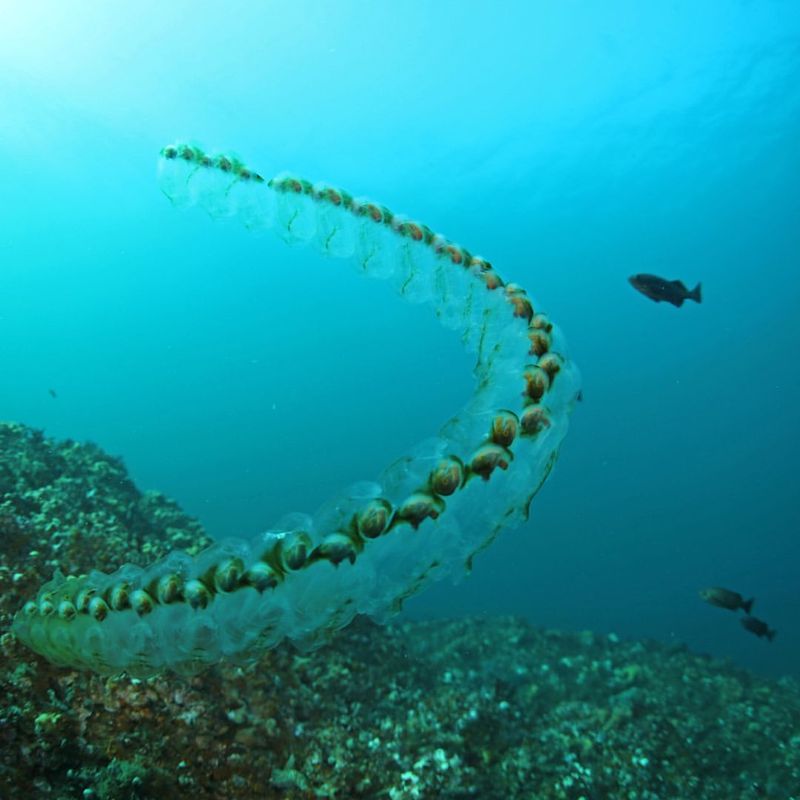
Salps are barrel-shaped, jelly-like animals that link together in long, undulating chains.
Despite their alien appearance, they play a vital role in filtering carbon from the ocean. Their glassy bodies and graceful motion make them one of nature’s strangest sights.
9. Juvenile Leafy Seadragon
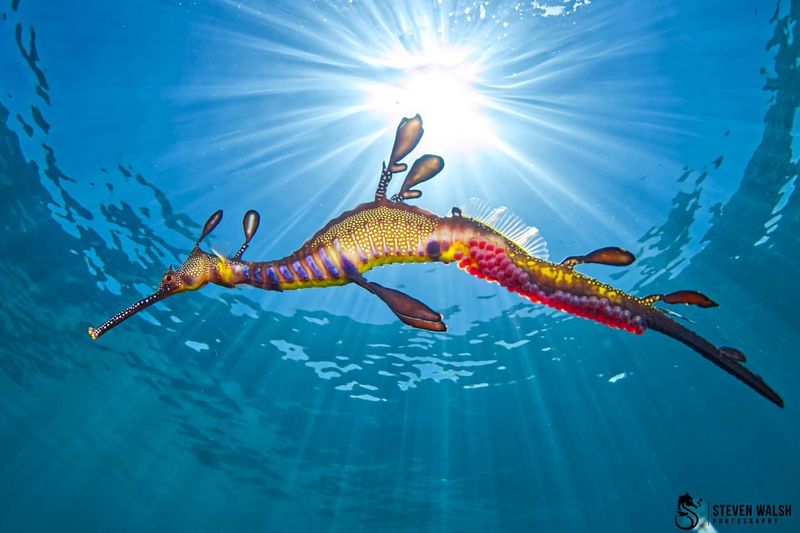
While adult leafy seadragons are colorful and ornate, their juveniles are almost entirely transparent.
This natural camouflage helps protect them from predators in their early, vulnerable stages. As they mature, they develop their signature leafy appendages.
10. Glass Octopus
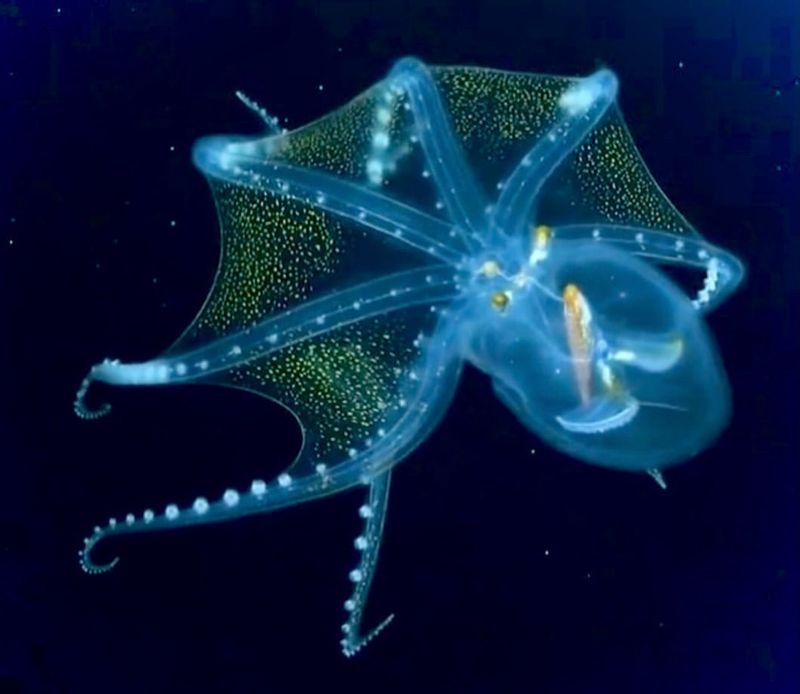
Rarely seen in the wild, the glass octopus is nearly invisible in the ocean depths.
Only its optic nerve, eyes, and digestive tract are visible through its transparent body. Floating like a phantom, it’s one of the ocean’s most elusive creatures.
11. Transparent Juvenile Surgeonfish
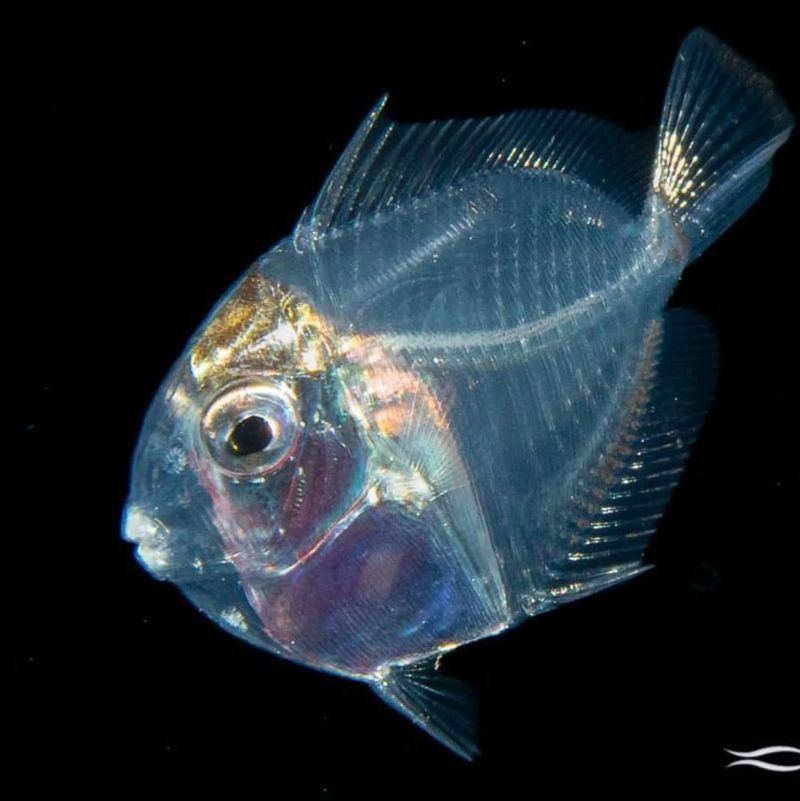
Before they take on the bright colors of adulthood, young surgeonfish are see-through.
This adaptation helps them avoid predators while they grow. It’s a fascinating transformation from ghostly invisibility to vibrant reef dweller.
12. Glass Squid
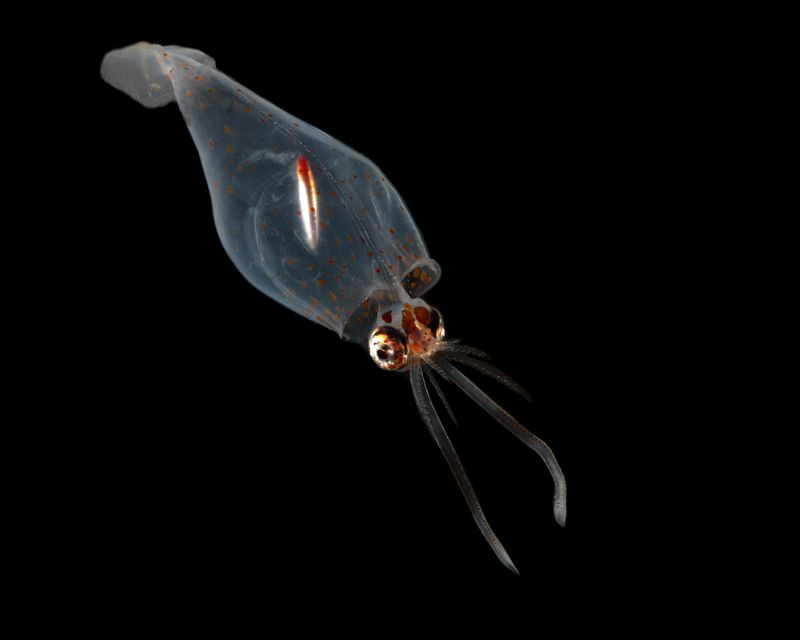
Found in the deep sea, the glass squid is semi-transparent and balloon-like in shape.
Some species even have light-producing organs to further blend into their dark surroundings. It’s one of the many reasons the ocean’s depths remain so mysterious.
13. Transparent Sea Cucumber
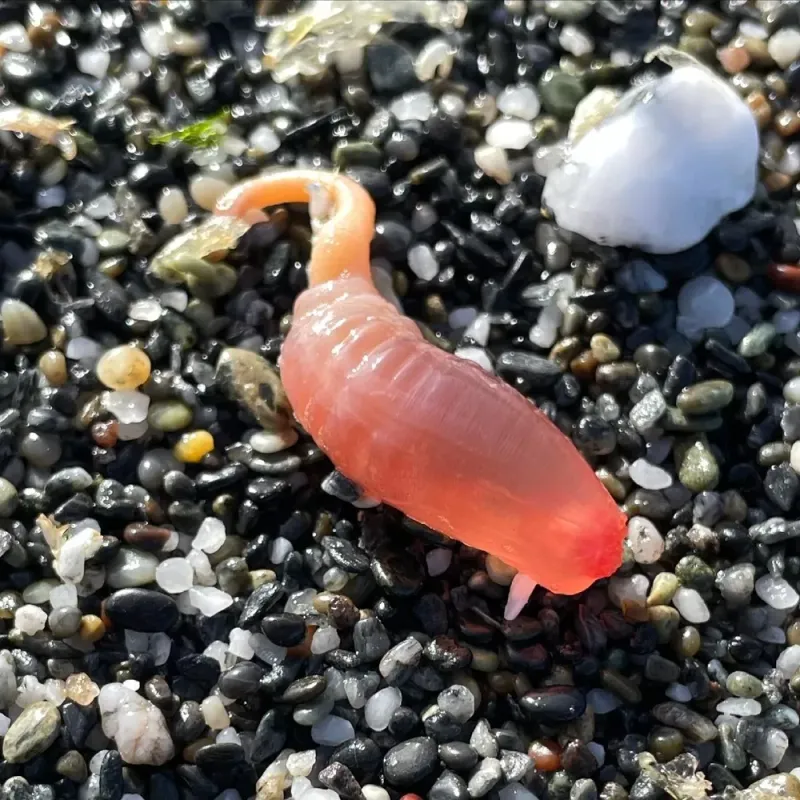
Living on the ocean floor, this sea cucumber’s body is almost entirely translucent.
Scientists have used remote submersibles to catch rare glimpses of it. Its internal organs are visible through its clear skin, giving it an otherworldly look.
14. Ghost Shrimp
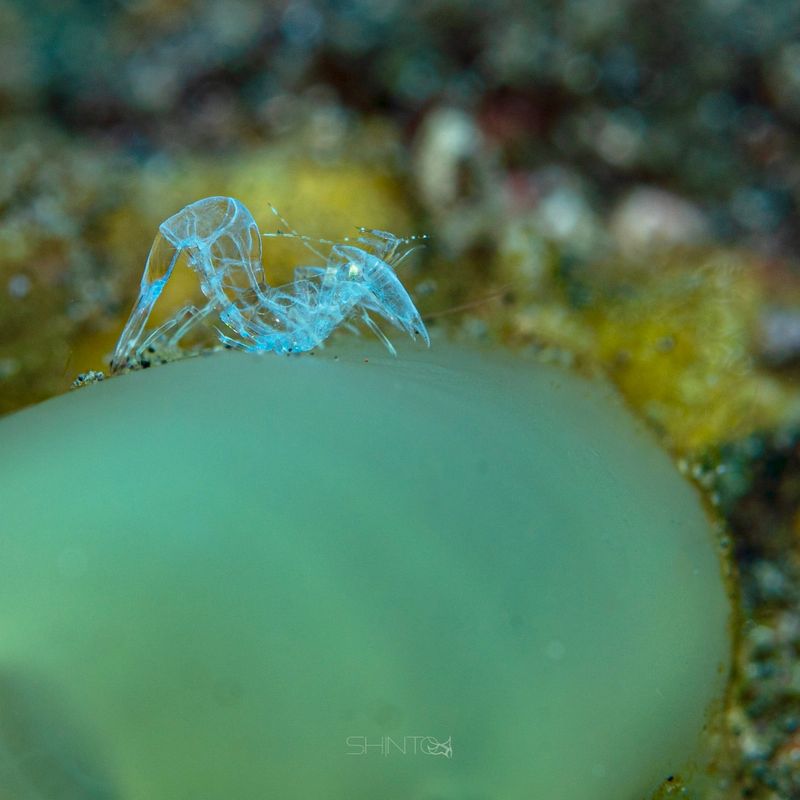
These bottom-dwellers get their name from their pale, almost see-through appearance.
Found in both freshwater and saltwater, ghost shrimp are often used in aquariums for their scavenging habits. Their subtle presence adds a bit of eerie charm to any tank.
15. Phronima
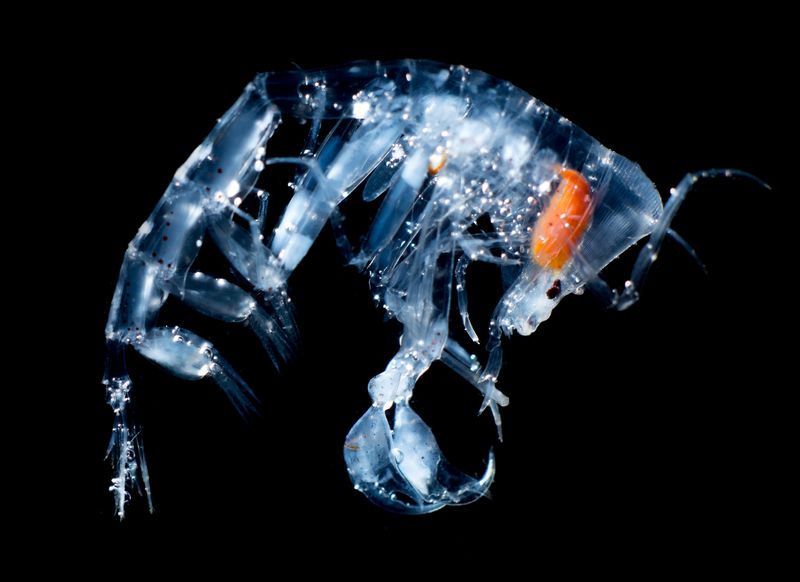
A deep-sea crustacean that lives inside a transparent barrel-like structure, Phronima is equal parts alien and awe-inspiring.
It uses its clear host as both home and nursery for its young. Its transparency gives it a haunting, sci-fi appearance.
16. Juvenile Peacock Spider
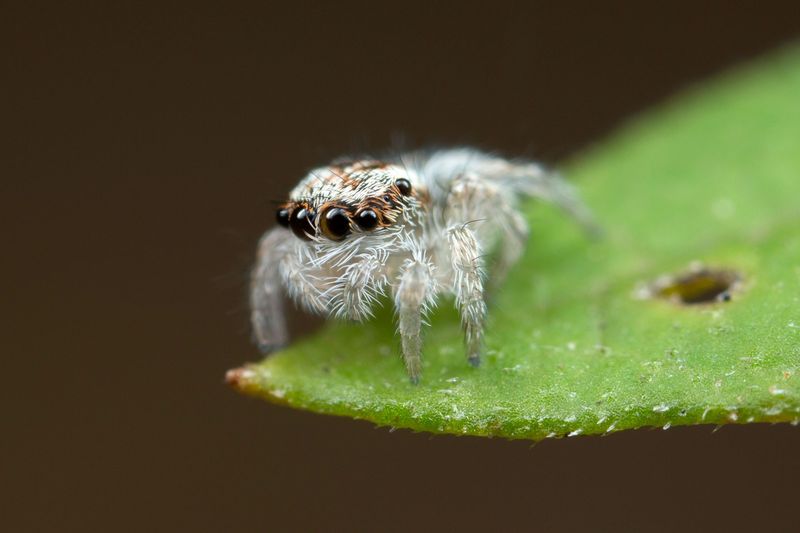
Before developing their famous colorful patterns, juvenile peacock spiders can be nearly transparent.
These tiny arachnids are incredibly hard to spot in the wild until they mature. Their ghostlike start makes their later transformation even more spectacular.

